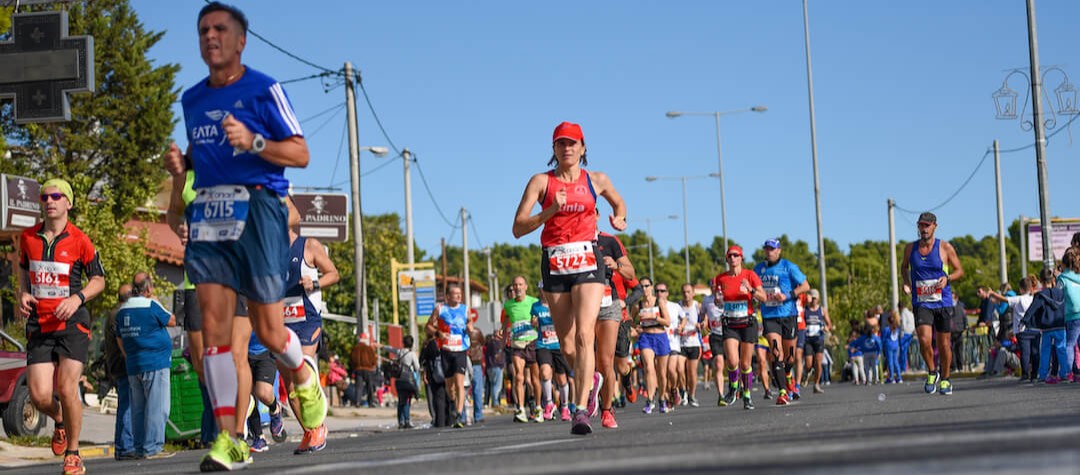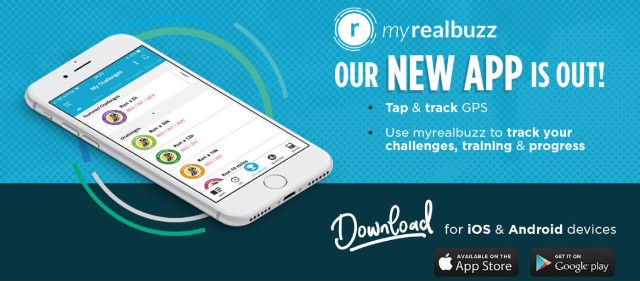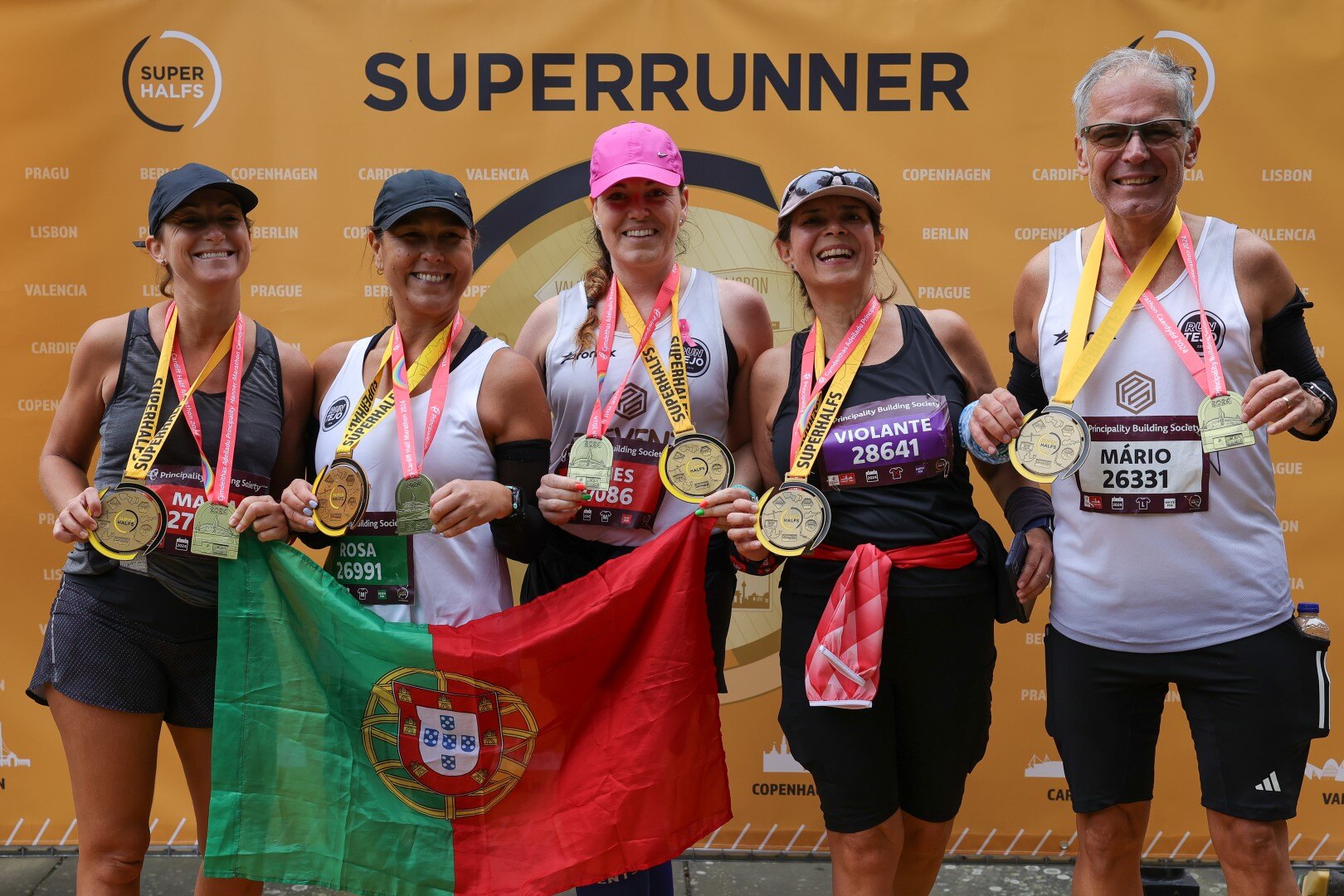Hitting the wall need not be an inevitable part of your marathon experience. Find out to avoid the bonk during your race.
You can picture the scene: you’re running along when all of a sudden it feels as though a gorilla has jumped on your back! Your legs are heavy and every stride that you take is becoming more and more of an effort. Gradually your body is grinding to a halt. It’s probably true to say that one of a marathon runner’s biggest fears is hitting the wall.
The term ‘hitting the wall’ is often used in the world of endurance sport to describe the sudden fatigue and dramatic slowing down that you experience due to the depletion of your body’s glycogen stores. Trust me, it’s neither a pleasant or pretty experience and is certainly one that you want to avoid. Here are seven ways that you can avoid the dreaded crash and burn on race day.
1. Stick to your planned pace
Good pace judgement is crucial if you want to minimise the risk of hitting the wall. Don’t be tempted to deviate too much from your planned pace, and run faster, even if you feel good. At faster speeds your body relies more heavily on glycogen as a source of fuel and less on fat. Your body can only store enough glycogen for roughly 90 minutes of exercise, so if you run too fast in the early stages of the race, you run the risk of depleting your glycogen stores sooner. The smartest marathon runners are those who are able to spread their effort across the whole of the race. This means that you should feel as if you have to hold yourself back during the first half.
2. Avoid surges in pace
I learnt this lesson the hard way during one marathon, where an injection of pace at the 17 mile mark proved to be the final nail in my coffin! Surges in pace can play havoc with your energy systems. They not only increase the rate at which glycogen is burnt, but can also increase the production of lactate in your blood, and you will be forced to slow down.
3. Carbo load
It is vital that you start your marathon with maximal reserves of glycogen. This is because the amount of glycogen that your body can access from its reserves is actually less than you need to complete 26.2 miles (42.16km). Your body makes up for this shortfall by also relying on fat as an energy source. However, in order to burn fat, your body needs carbohydrate. Can you see a theme developing here?! You should aim to start your carbo-load three days before your race. Eating a high carbohydrate diet during these final three days, together with a reduction in the volume and intensity of your training, should be enough to ensure that your glycogen stores are fully stocked up.
4. Stay hydrated
Alongside glycogen depletion, dehydration is one of the biggest causes of fatigue.
Don’t let dehydration slow you down , even on a cold day it’s amazing how much fluid you can lose through sweat. During the race your drinking strategy should be ‘little and often’. Aim to drink between 100 and 150ml (approx 3.3 fl oz and 5 fl oz) of fluid every 5km. This can be water or sports drinks, although sports drinks have the added bonus of containing carbohydrate to help supplement your glycogen stores. You should also take on board plenty of fluid when carbo-loading, as without this your body is unable to stock up its glycogen stores.
5. Grab some carbs on the run
As your body’s reserves of glycogen are not sufficient to last the entire 26.2 miles you will need to top them up with some additional carbs during the race. It’s obviously not practical to start munching on a bagel mid run, so energy gels or even Jelly Babies make a great alternative as they contain concentrated carbohydrate that’s easily digestible.
6. Learn to burn fat
Part of the art of marathon running is to train your body to become more efficient at burning fat for fuel. This enables you to spare glycogen so that you are less likely to hit the wall during the second half of the race. There are several ways that you can rev up your fat burning engine;
- Longer slower training runs will help to promote fat burning as your body relies more heavily on fat for energy during long duration, low intensity exercise.
- Try some pre-breakfast runs. Your glycogen stores are slightly depleted first thing in the morning as your body uses glycogen even when you sleep. When in a fasted state your body will again turn to fat for fuel.
- Eat fat to burn fat. Your body is more likely to burn fat if you have some fatty acids in your bloodstream. Eating a small amount of fat pre-run will help to kick start your fat burning metabolism. This could be peanut butter on toast for example. Don’t go too mad though as fat takes longer to digest than carbohydrate.
7. Spectator strategy
Hitting the wall is generally thought of as a physiological condition but there’s some evidence to suggest that it has a psychological component too. As physical fatigue sets in, the brain’s production of dopamine (the neurotransmitter responsible for generating feelings of motivation and excitement) begins to drop. This can be the cause of doubt, where the voices in your head are telling you ‘’I can’t do it’’. If your family and/or friends are coming along to watch, arrange for them to be at certain parts of the course where you think you might need a much needed boost. I hope these tips help you to avoid the dreaded ‘wall’. Happy training!
Editorial credit: Stratos Giannikos / Shutterstock.com
















